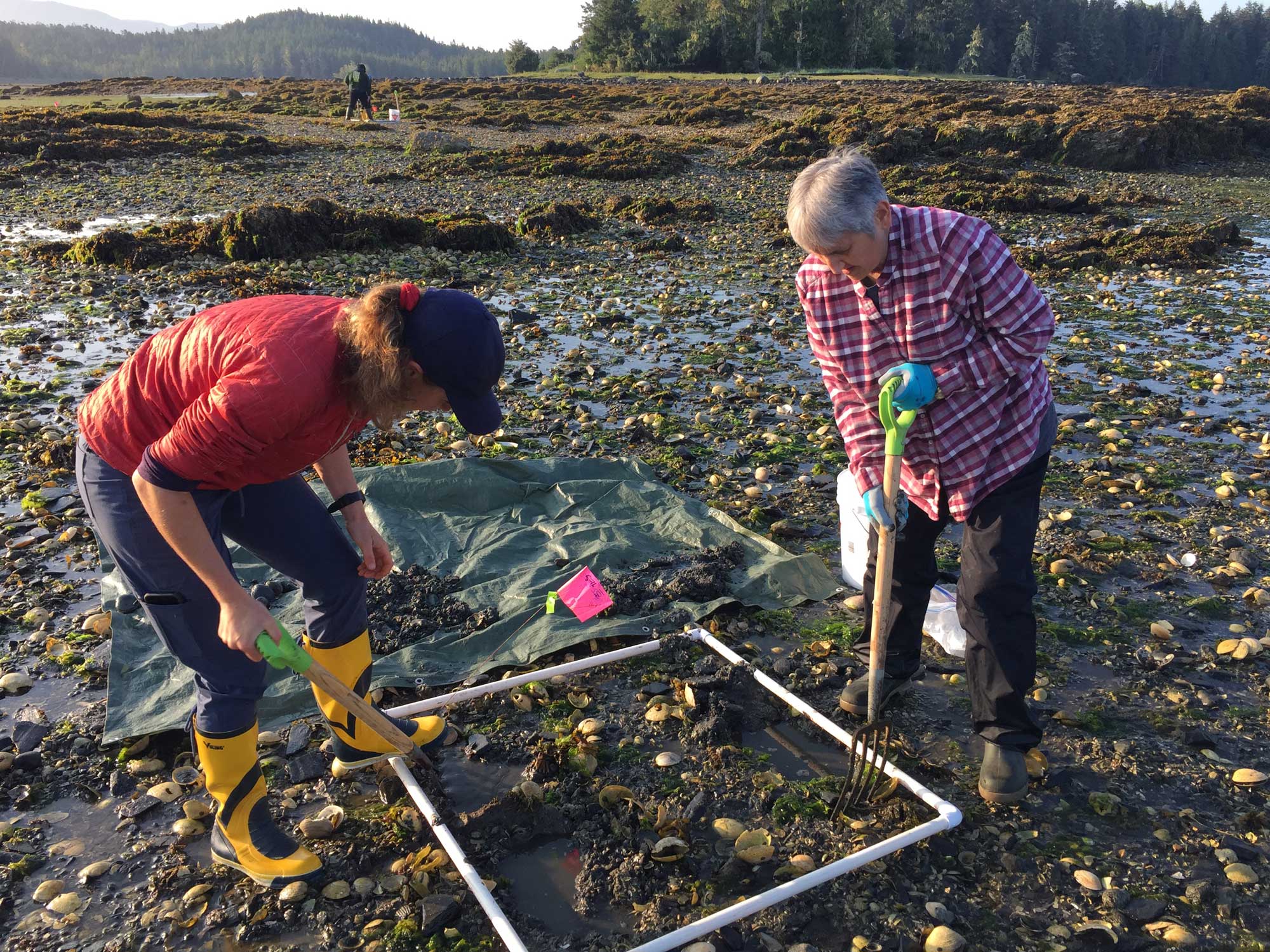Framework Cornerstones
- The CEM Program is values-focused: Our program focuses on Metlakatla values. In contrast, most project-level environmental assessments and cumulative effects frameworks tend to focus on stressors, the sources of impacts. Knowing that the development context will change in the region, a focus on values ensures that our program stays relevant, consistent and connected to the community. Values, not stressors, are the most direct expression of Metlakatla priorities and concerns.
- The CEM Program is implementable: To be useful as a resource management tool, CEM methods and outcomes have to be practical and within Metlakatla’s ability to implement. Sources of implementation capacity can be internal, from within Metlakatla’s departments, or external, through partnerships.
- The CEM Program is interdisciplinary: Priority values will span all areas of Metlakatla’s way of life – cultural identity, environmental, social/health, economic prosperity, and governance. Our program draws from a diverse body of knowledge and expertise including Metlakatla’s local and traditional knowledge. We will always seek out ways to bridge gaps in knowledge and capacity across disciplines within and external to Metlakatla.
- The CEM Program embraces uncertainty: There is no blueprint for undertaking this work. There is often a lack of baseline and trend data. The development context is always changing. Embracing uncertainty is a necessary attitude for overcoming obstacles and achieving practical outcomes.
Guiding Methodologies
- The CEM Program is guided by Metlakatla’s worldview, principles and traditional and local knowledge: Metlakatla worldview, ethics, values, principles and knowledge are a unique expression of Metlakatla culture. These values are taught by Metlakatla Elders and history and guide how Metlakatla programs and activities are developed and conducted.
- The CEM Program carries out community-based, participatory action research using Indigenous methodologies: Research by and for Indigenous peoples should use approaches and methods drawn from the traditions and cultures of those peoples. The Metlakatla First Nation, its leadership, staff and community members take part in collaborative, action-based research that explicitly reflects their knowledge, worldviews and values. We work together to design and carry out research activities that promote the co-construction of knowledge and solutions and mobilizes participants to pursue their goals and desires through the research process.
Knowledge Base
- The CEM Program is a resource management system that incorporates key elements of planning: Management actions help guide a community towards accomplishing desired goals and objectives, usually subject to real world constraints of costs and capacity. Planning is the process by which management goals are set and actions are carried out, including outlining the specific tasks and schedules to meet those goals.
- The CEM Program is based on the best practices for cumulative effects assessment and management developed in impact assessment: Cumulative effects ideas and methods have largely been developed within impact assessment theory. Environmental assessment is focused on evaluating impacts to values and on determining whether those impacts are significant. Some of the cumulative effects thinkers whose works have influenced the Metlakatla CEM framework are: Bram Noble, Terry Antoniuk and Steven Kennett, among many others.
- The CEM Program is an Indigenous-led cumulative effects management system that supports Indigenous governance for the Metlakatla First Nation: It is important that the Metlakatla CEM Program is useful to the Metlakatla and helps them decide how to manage their resources and territory and attain their vision for their community. The Metlakatla CEM framework is inspired by other Indigenous decision-making models and co-management models found in BC and elsewhere in the world.
